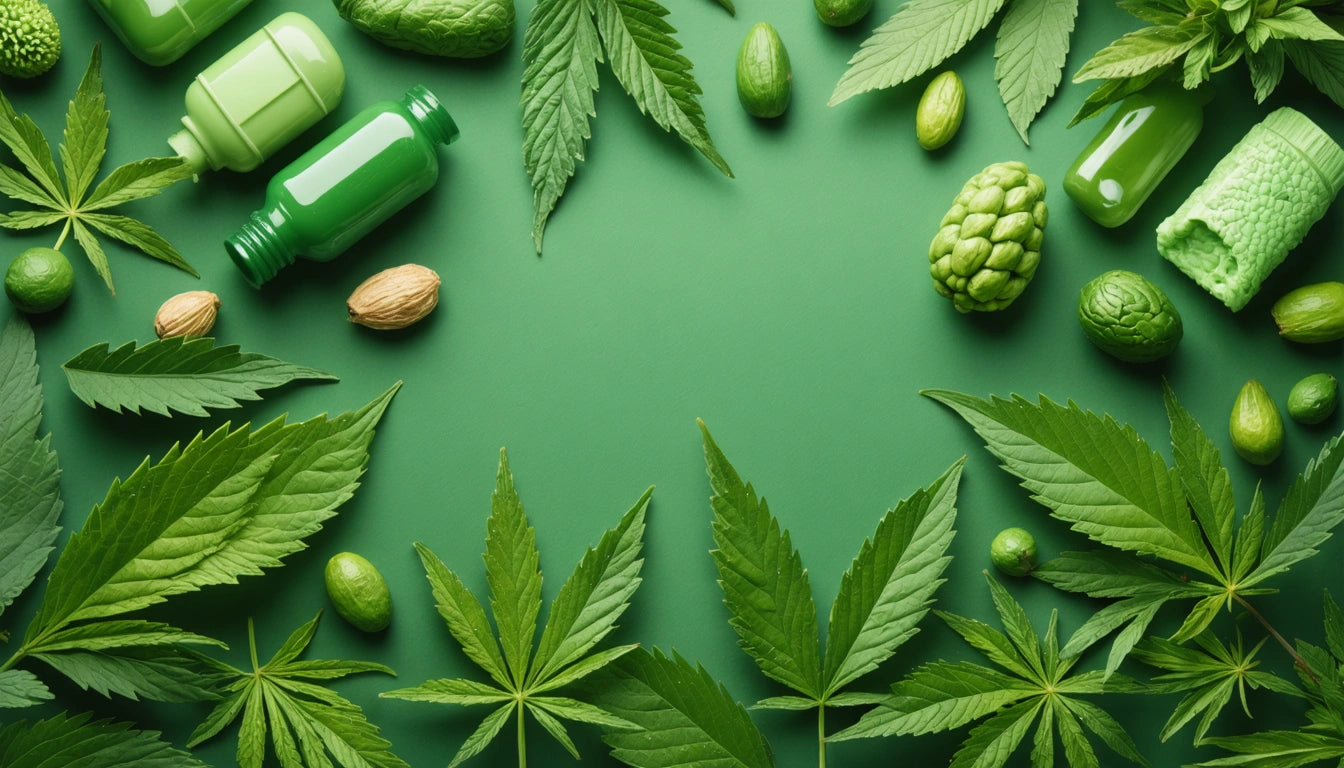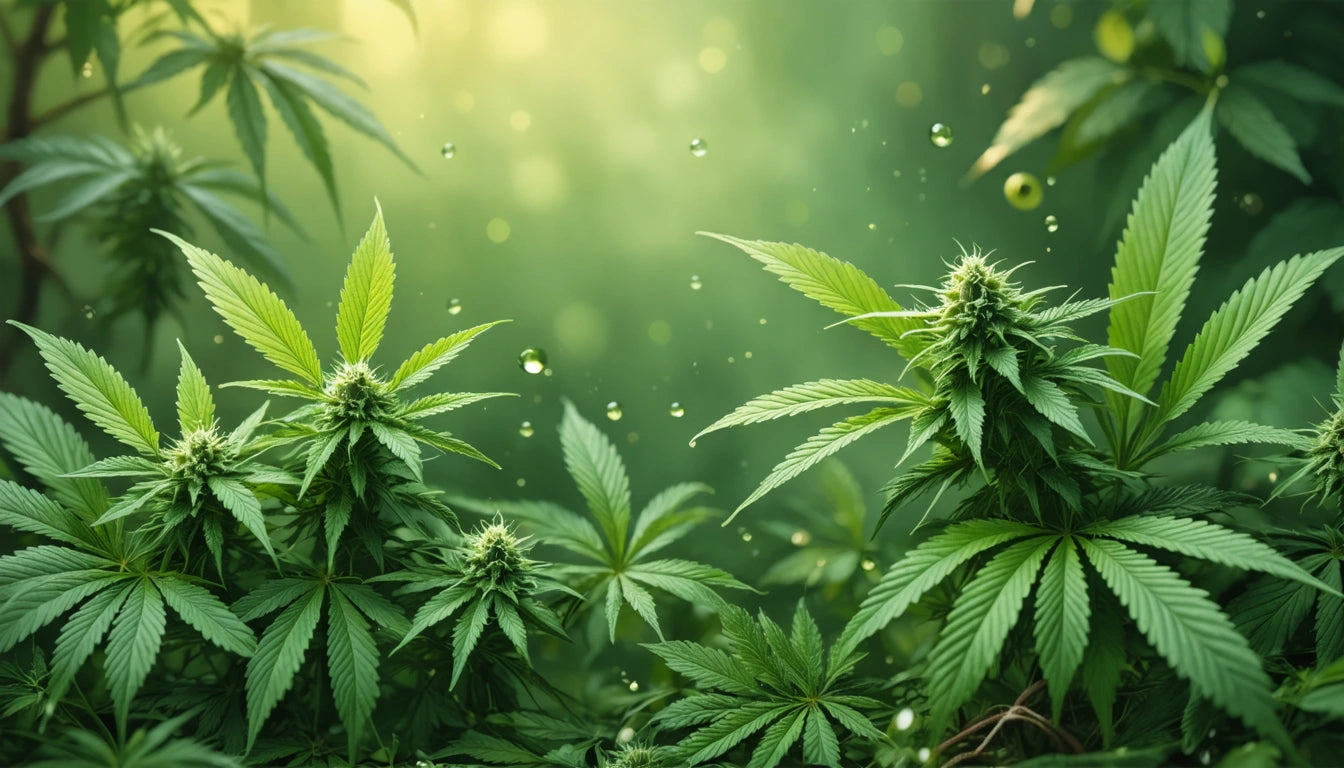Table of Contents
The Rise of Hemp-Based Plastics in Packaging
As sustainability becomes a driving force in consumer markets, hemp-based plastics are emerging as a promising alternative to traditional petroleum-based packaging materials. These innovative bioplastics offer potential solutions to plastic pollution while leveraging the versatility and rapid growth cycle of the hemp plant.
The Evolution of Hemp Plastics in Modern Packaging
Hemp plastics have evolved significantly from their early experimental forms to commercially viable packaging solutions. Modern hemp-based bioplastics typically contain cellulose derived from hemp fibers, combined with other biodegradable polymers to create materials with properties similar to conventional plastics.
According to industry research on hemp-based packaging, these materials can be processed using existing manufacturing equipment, making adoption more feasible for packaging companies looking to transition to sustainable alternatives.
Environmental Benefits and Limitations
The environmental advantages of hemp plastics are compelling but require careful evaluation. Hemp grows rapidly, requires minimal pesticides, and can sequester carbon during cultivation. However, the sustainability equation is more complex than it initially appears.
Key Environmental Considerations
- Biodegradability timeframes vary significantly based on formulation
- Manufacturing processes may still require energy-intensive steps
- End-of-life disposal infrastructure remains limited in many regions
- Hybrid materials may contain non-biodegradable components
As explored in this analysis of hemp packaging sustainability, brands must conduct thorough assessments before making environmental claims. The biodegradability of hemp plastics depends heavily on specific formulations and processing methods.
Regulatory Compliance and Industry Standards
For hemp-based packaging to gain widespread adoption, it must meet rigorous regulatory standards, particularly for food and cannabis products. The FDA has specific requirements for food-contact materials, and hemp packaging must demonstrate safety and stability.
Manufacturers using precise digital weighing equipment for quality control can ensure consistent material formulations that meet regulatory standards. This precision is essential when developing hemp plastics that must maintain specific properties for compliance.
Child-resistant features present another compliance challenge, as explored in this examination of hemp packaging compliance. Innovative designs are emerging that combine hemp-based materials with structural elements that satisfy child-resistant testing protocols.
Market Applications and Product Integration
Hemp-based plastics are finding applications across multiple packaging formats, from rigid containers to flexible films. The cannabis industry has been particularly receptive to hemp packaging, creating a circular economy where the plant provides both product and packaging.
Common Hemp Packaging Applications
- Rigid containers for dry goods and cannabis products
- Flexible films for pouches and wraps
- Blister packs and clamshells
- Labels and secondary packaging
- Shipping materials and protective elements
The versatility of hemp materials allows for creative applications across product categories, as detailed in this overview of hemp packaging formats.
Hemp vs. Alternative Sustainable Materials
Hemp faces competition from other plant-based packaging materials, particularly PLA (polylactic acid) derived from corn or sugarcane. Each material offers distinct advantages in different applications.
When comparing environmental profiles, hemp generally requires fewer pesticides than corn and has a faster growth cycle. However, PLA has more established manufacturing infrastructure and more predictable material properties in some applications.
According to this comparative analysis of hemp and PLA, the optimal choice depends on specific product requirements, regional growing conditions, and available manufacturing capabilities.
Future Innovations and Industry Adoption Trends
The future of hemp-based packaging looks promising as research advances and economies of scale improve cost competitiveness. Several key trends are likely to shape the continued rise of hemp plastics:
- Hybrid materials combining hemp with other biodegradable polymers
- Advanced manufacturing processes that reduce energy requirements
- Improved barrier properties for sensitive product protection
- Integration with smart packaging technologies
- Streamlined supply chains as production scales
As explored in this analysis of hemp packaging economics, achieving cost parity with conventional plastics remains a challenge but appears increasingly achievable as production volumes increase and technologies mature.
The rise of hemp-based plastics represents more than just a material substitution. It signals a broader shift toward circular economy principles where packaging derives from renewable resources and returns safely to natural systems. For brands looking to reduce their environmental footprint while meeting consumer demand for sustainable options, hemp plastics offer a compelling, if still evolving, packaging solution.











Leave a comment
All comments are moderated before being published.
This site is protected by hCaptcha and the hCaptcha Privacy Policy and Terms of Service apply.